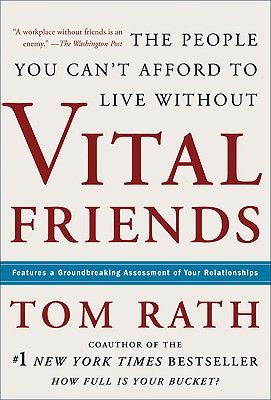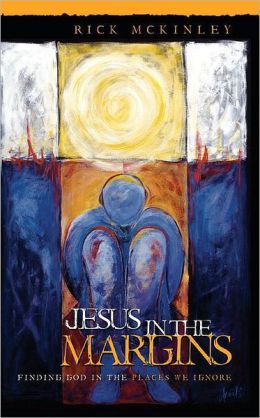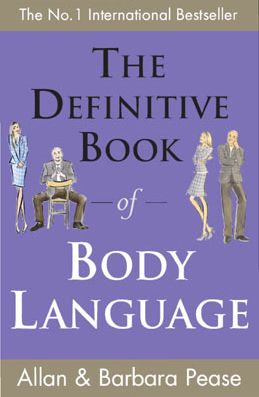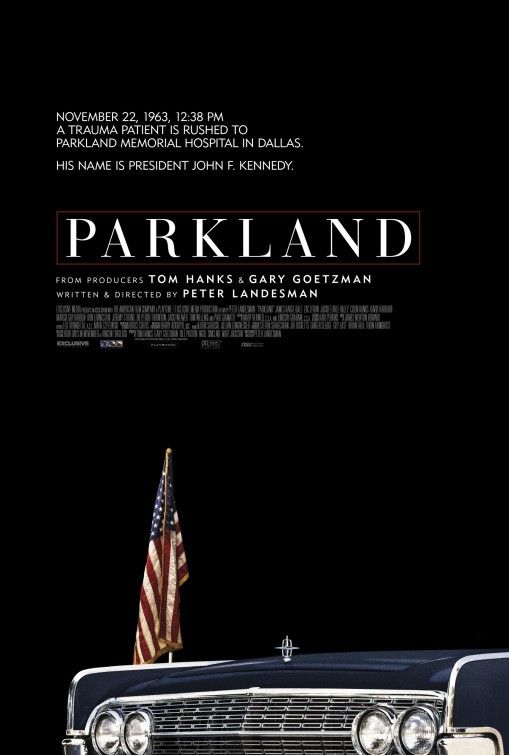Monday, May 01, 2006
 I finally figured out why I'm freaking over the movie Silent Hill. I found out about it in the course of discussing this movie along with other yadda-yaddas with my friend from college earlier tonight. Our discussions early on centered around the movie and every so often I would pepper our talks with "I don't usually watch horror films!" while filling him in on the details I've read about online. The epiphany came about after about an hour later when our discussion veered towards his personal problems.
I finally figured out why I'm freaking over the movie Silent Hill. I found out about it in the course of discussing this movie along with other yadda-yaddas with my friend from college earlier tonight. Our discussions early on centered around the movie and every so often I would pepper our talks with "I don't usually watch horror films!" while filling him in on the details I've read about online. The epiphany came about after about an hour later when our discussion veered towards his personal problems.That's when I figured out what the bottomline of the movie was. This wasn't a horror movie in the traditional sense. Except for the gory scenes and the long drawn out torture scenes near the end of the movie everything about it was a psychological thriller with emphasis on psychology and other related matters. The following is a breakdown of what I got (I don't consider myself an expert on these matters but rather what I'm sharing comes from experience and some research):
The subject, Alessa Gillespie, age 9 or maybe 10, was the victim of a great injustice. She was falsely accused, pounced on by her peers, abused by those authority figures, and betrayed by those she thought would be the ones she could trust. Lying in the hospital feeling so alone, confused and in great pain her emotions are honed into razor sharp rage as days pass. She creates a world in her mind that reflects how she feels populated by personifications of her emotions and then some:
Gray Children - Represent Alessa after the cult burnt her nearly to death. Some believe they represent Alessa herself. In the film, they cry and reach out for a motherly figure, like Rose, and try to hold on to her. A theory suggests they are manifestations of the pain and torment the children lost in the fire must have suffered. They are possible enbodements of Alessa's fear of her own peers, who bullied and tormented her. Their tormented and charred forms could be seen as Alessa's revenge upon them.Creating an alternate world as a refuge from the real world when it becomes too unsafe to dwell in is a natural reaction, a coping mechanism, as some of us knows. This is especially true with those who are specifically emotionally vulnerable like children and the sensitive types, those who are predisposed to melancholic temperaments like artists. Prior to discovering that other cartoonists who write their own materials, I thought the idea of using real people to populate one's comic strip was an original idea until I met other people online and in real life who were doing the same. That's when it became really interesting. We usually use people who for one reason or another made quite an impression that we immortalize them inside this parallel world that we made preserving them in the same age they made an impression on us. The look and feel of this parallel world depends on one's state of mind at the time. So it is on who or what is thriving inside it. In Alessa's case her rage created a facsimile of the town she grew up in, the underground fires blazing beneath it represents seething rage, with the only townspeople she trapped in it are the members of the cult that tortured her that she was keeping alive (her hatred for them refuses to release them and at the same time limits the perimeter of where they could go) for the various forms of her nightmare to get them.** In the same way writer-artists create a world parallel to the one they're living accustomed to, if this was created out of darkness during a time of pain and hurt the world would be self-limiting and the characters will be retained for the purpose of hunting. If it was created during a time of longing to retain the past or present, the borders may not be as limited, the adventures would be as varied, and the characters will be retained for the purpose of keeping them alive till the creator decides to leave it to thrive on its own.
Nurses - Their blank faces have been interpreted as the fact that none of the nurses that cared for Alessa, apart from Lisa Garland (The Red Nurse) ... The nurses possibly symbolize Alessa's jealousy of beautiful women. When Alessa was burned, she was forced to live out the rest of her life in an ugly, charred shell. She would never mature sexually and would never be considered "beautiful". Another theory suggests the nurses violent nature and monstrous appearance symbolize Alessa's fear of sexuality, taking her experience with The Janitor into account.
Lying Figures - One of these faceless armless demons attacks Cybil, spraying her with an acidic, tar-like substance when she was trying to arrest Rose. The Lying Figures' siginificance has been interpreted as Alessa's pain and torment. The straight jacket imagery made of flesh symbolizes Alessa's fear of her own hospitalization and that she felt trapped in her own digustingly damaged body, unable to escape or recover.
Pyramid Head - Some feel he was created out of Dhalia Gillespie's guilt of allowing the Cult to take and burn Alessa, others feel that he is a representation of Alessa's fear of men.
The Janitor - ... When he touches the wall it decays, and holes appear that spawn creepers. This spread of "infection" the Janitor brings possibly signifies a venereal disease, imagery brought forth from Alessa's anger and utter disgust at the Janitor. Now, he cannot touch anything without it becoming stinking, corrupt and fetid.*
* Much of the other creatures in the game represent other people's fears, particularly those of the protagonists.
* Copied from Wikipedia entry on Silent Hill monsters.
** If the movie confused you, you can read the whole story in a glance here.

 @ 11:23 PM --->
@ 11:23 PM ---> 














